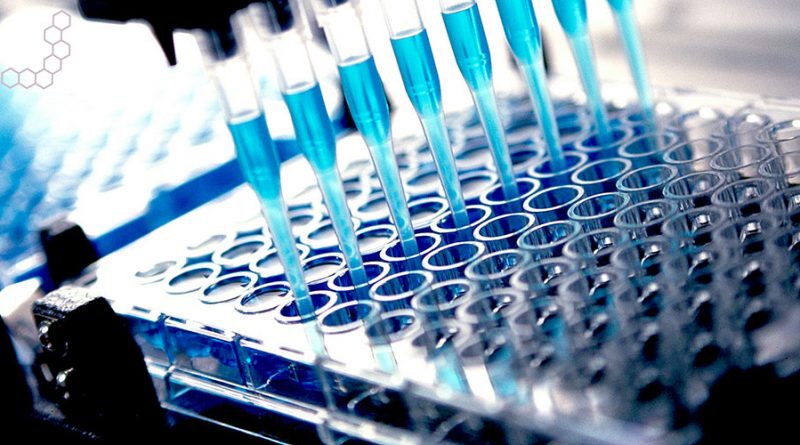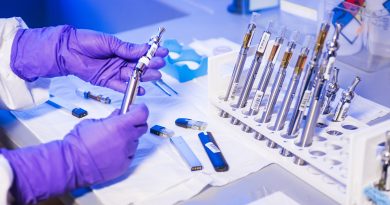Major Bioanalytical Challenges
Bioanalysis is the quantitative measurement of drugs and their metabolites in the biological environment. Bioanalysis is used in the drug development process to provide important insight into drug pharmacokinetics in the living body. The importance of the bioanalytical industry in drug development can not be denied. Still, the rapid increase in demand for new and better drugs is causing several challenges for the bioanalytical service providers. Some of these challenges are as follows:
Challenges Associated With Therapeutic Proteins:
Therapeutic proteins are used in several medical treatments for curing various diseases. The therapeutic classes of proteins are as follows:
- Peptides
- Recombinant proteins
- Monoclonal antibodies
- Fusion proteins
- Antibody fragments
- Protein-drug combination
In recent years, therapeutic proteins have gained success in several therapies, winning the approval of the FDA but the challenges during the production and implementation of protein therapies are a major drawback. The difficulty in dealing with therapeutic proteins arises from the following characteristics:
- High molecular weight
- Heterogeneity
- Post-translational modifications
- Broad biological matrices
The proteins have to be dealt with very carefully during the production because they are prone to be affected by interactions with other proteins and enzymes, which results in structural and functional modification of proteins. Questions arise about the safety of such proteins.
Challenges associated With Implementation Of New Technology:
New technologies are pouring in every day, and the bioanalytical CRO organisations need to incorporate these technologies to stay relevant and provide much-needed products. The new technology implementation poses some serious challenges.
-
Investment:
As technology is evolving for dealing with complex assy demands, the costs for bioanalytical instruments are also rising. The initial price of the device is one thing, but the extra expenses add up to make the overall cost almost unbearable. The additional costs include:
- Bringing the equipment on site
- Incorporating it into the LIMS system
- Validating software
- Organising SOPs
- Providing continuous maintenance
- Training costs for staff
It takes up to six months to get the new equipment ready and running. During these six months, the money is spent on the equipment with zero payback which is very difficult for small industries.
-
Software validation:
Validating the software and getting the equipment in a running position pose serious challenges. Suppose the vendor provides validated software; it still needs to be redone in the regulated environment. It is difficult because biotech, pharma and CROs are using platforms which are not built to be used in regulated settings.
Challenges Associated With Hyphenation Technique:
Combining separation techniques with a detection methodology to gain the benefits of both methods together and to overcome limitations is called hyphenation. LC-MS is the most hyphenation technique in the bioanalytical industry. It is highly effective in top-down and top-up approaches and the determination of molecular weight and partial sequences of some proteins. The challenges of hyphenation are also extensive, including:
- Intensive sample preparation before analysis
- Need for spectral libraries to determine the structure and composition of proteins being analysed
- Limited information at times
Conclusion:
The challenges faced by bioanalytical industries are serious and need meticulous solutions because the importance of bioanalysis is irreplaceable. It is imperative to find solutions that benefit small and big organisations alike and make the drug development process smoother.




